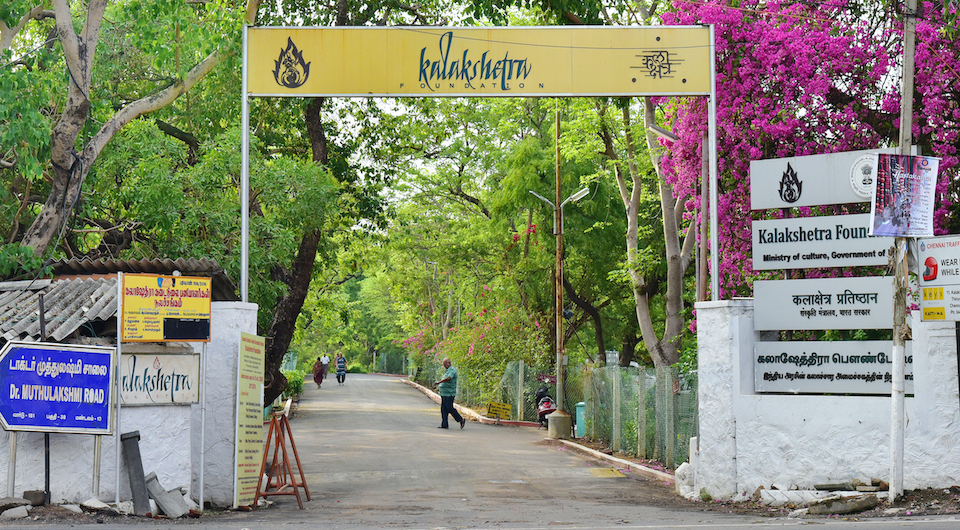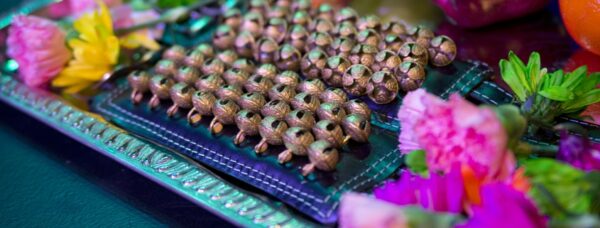There are several books available on the Natyashastra, but one of the most widely recognized and respected translations is “The Natyashastra: A Treatise on Hindu Dramaturgy and Histrionics” by Manomohan Ghosh. This book provides a comprehensive translation of the original Sanskrit text, along with detailed commentary and analysis that elucidates the key concepts, techniques, and principles of the Natyashastra.
Another notable translation is “The Natyashastra: The Oldest Treatise on Indian Music” by Bharata Muni and translated by M. Ramakrishna Kavi. This book also includes a translation of the original text, as well as an extensive introduction that provides historical context and outlines the significance of the Natyashastra in Indian culture and history.
Other books that provide useful insights and commentary on the Natyashastra include “Theories of Dance in Indian Classical Literature” by Mandakranta Bose and “Dance in Indian Painting” by Kapila Vatsyayan. These books explore the influence of the Natyashastra on various aspects of Indian culture, and provide a broader context for understanding the significance of this ancient text.
Ultimately, the best book on the Natyashastra will depend on the reader’s interests and level of familiarity with Indian performing arts. However, the above-mentioned books are widely recognized as authoritative and accessible translations that provide valuable insights into this important work on Hindu dramaturgy and histrionics.





